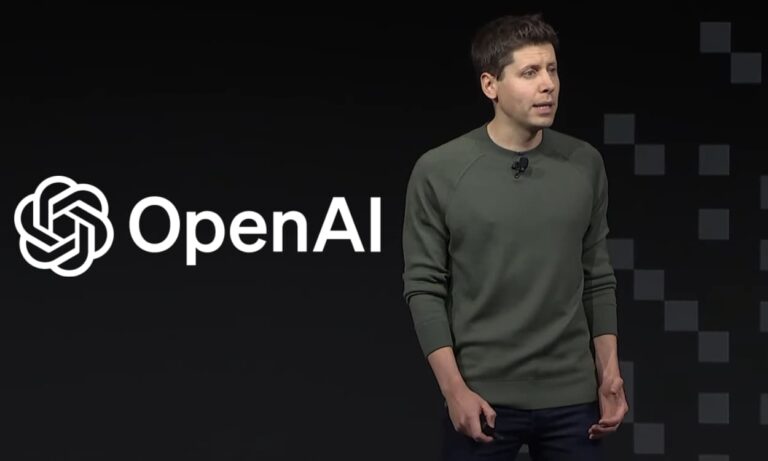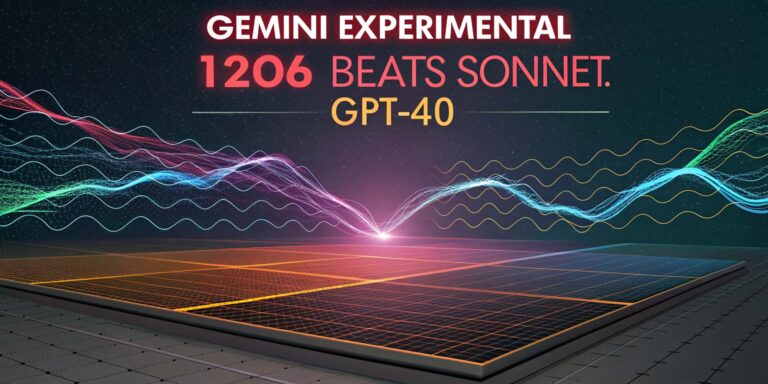Sam Altman of OpenAI Denies Marc Andreessen’s Claims of Controlling AI with Biden Administration
Sam Altman, the CEO of OpenAI, has refuted claims made by venture capitalist Marc Andreessen regarding meetings with the Biden administration about controlling AI. In a recent podcast with Bari Weiss, Andreessen stated that Biden administration staff wanted to control AI by working closely with a few big AI companies, implying that OpenAI would have…









